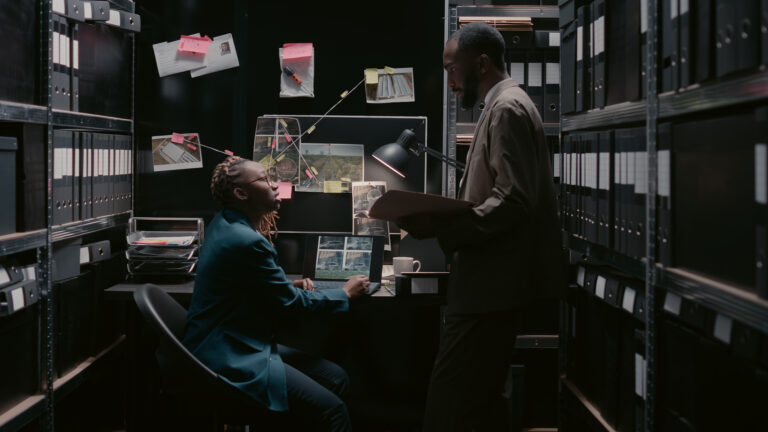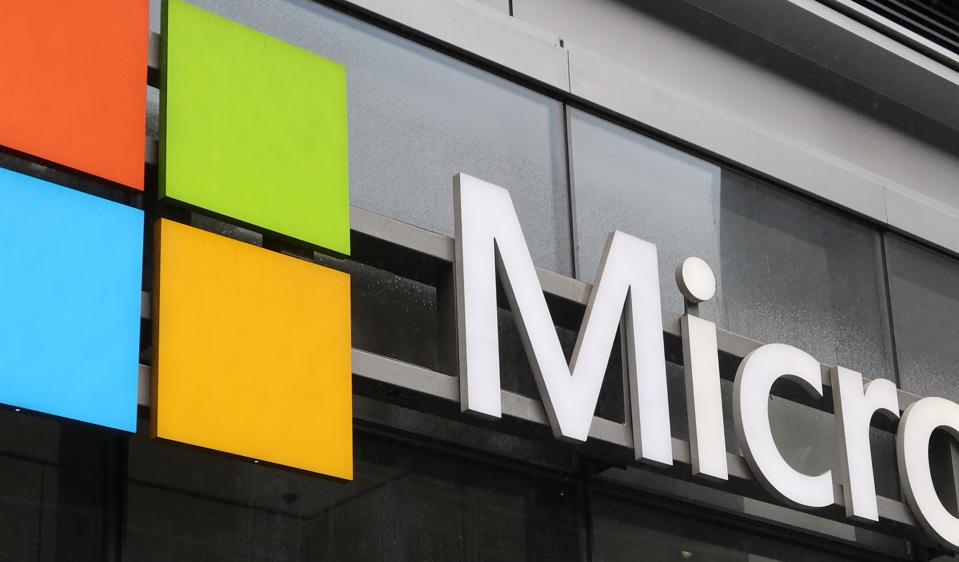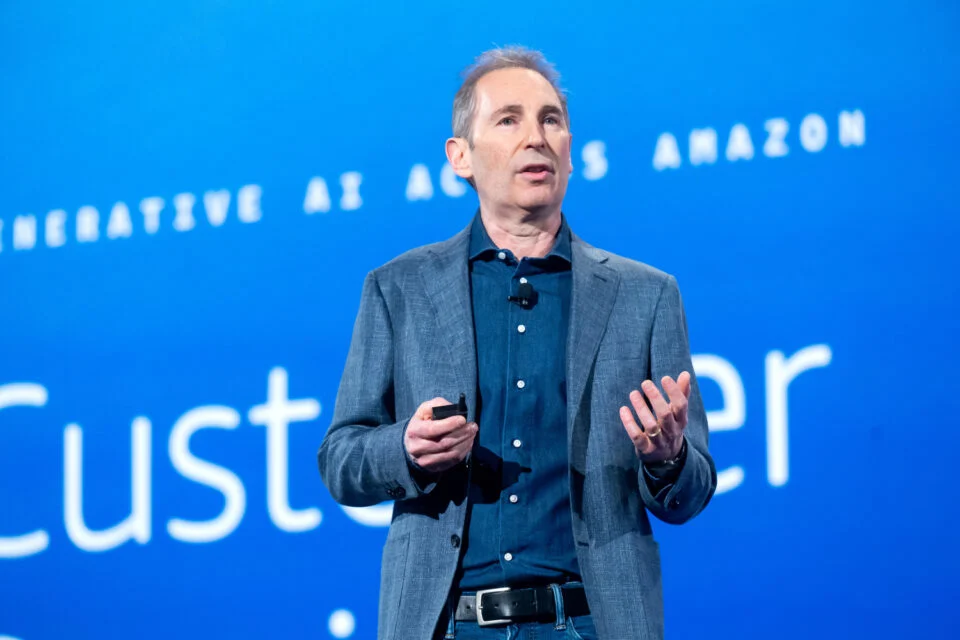When you think of American baseball history, a few storied franchises naturally come to mind—the Yankees, the Dodgers, the Red Sox—but nestled along the banks of the Allegheny River is another team with a history just as rich: the Pittsburgh Pirates. With roots dating back to the 19th century, the Pittsburgh Pirates are one of Major League Baseball’s (MLB) oldest and most iconic franchises. Their story is filled with World Series triumphs, Hall of Fame legends, heartbreaking slumps, and a loyal fanbase that continues to rally around them year after year.
The Early Years: Humble Beginnings and the Rise to Prominence
The Pittsburgh Pirates were established in 1882 as the Alleghenys, joining the American Association. By 1887, the team moved to the National League, and in 1891 they officially adopted the “Pirates” moniker—allegedly due to accusations of “piratical” behavior after signing a star player from the Philadelphia Athletics.
The Pittsburgh Pirates quickly grew into a competitive force in the early 20th century. Their golden age began with the emergence of Honus Wagner, one of the greatest shortstops in MLB history. Wagner’s legacy is immortalized in the famous T206 baseball card, which remains one of the most valuable sports collectibles ever.
The Pirates claimed their first World Series title in 1909, defeating the Detroit Tigers. That championship team, led by Wagner, marked the beginning of Pittsburgh’s place in baseball lore.
Mid-20th Century: The Mazeroski Moment and Clemente’s Glory
The Pirates went through ups and downs in the decades that followed, but nothing stands out in baseball history quite like Bill Mazeroski’s walk-off home run in Game 7 of the 1960 World Series. Facing the mighty New York Yankees, Mazeroski hit a solo homer in the bottom of the ninth, giving the Pirates one of the most iconic wins in MLB history. It remains the only Game 7 walk-off home run in World Series history.
Then came Roberto Clemente, arguably the most beloved Pirate of all time. A Puerto Rican native, Clemente was known not just for his prowess on the field, but for his humanitarian efforts off it. He collected over 3,000 hits in his career and led the Pirates to another championship in 1971. Tragically, Clemente died in a plane crash in 1972 while delivering aid to earthquake victims in Nicaragua. Today, MLB honors his legacy with the Roberto Clemente Award, given annually to the player who best exemplifies sportsmanship and community involvement.
The Pittsburgh Pirates added another title in 1979, led by the charismatic Willie Stargell and the “We Are Family” team, a group that symbolized unity and resilience. It would be the team’s last championship to date.
The 1990s: So Close, Yet So Far
The early 1990s provided a glimmer of hope. Under manager Jim Leyland, the Pittsburgh Pirates built a formidable squad featuring Barry Bonds, Bobby Bonilla, and Doug Drabek. They clinched three consecutive NL East titles from 1990 to 1992 but failed to advance to the World Series.
The most heartbreaking moment came in the 1992 NLCS, when the Atlanta Braves’ Sid Bream slid home just ahead of the tag in the bottom of the ninth inning of Game 7. That play crushed Pittsburgh’s hopes and marked the beginning of a long, dark period for the franchise.
The Long Rebuild and 20 Consecutive Losing Seasons
After the ’92 heartbreak, the Pirates spiraled into a historic slump. From 1993 to 2012, they endured 20 consecutive losing seasons, the longest such streak in North American professional sports history. While fans still packed PNC Park—often considered the most beautiful stadium in baseball—the wins were few and far between.
Mismanagement, budget constraints, and poor draft decisions plagued the organization. Talented players like Jason Bay, Aramis Ramirez, and Jason Kendall came and went without ever achieving sustained success in Pittsburgh.
The 2013 Breakthrough and New Era of Hope
The tides began to turn in 2013, when a new core led by Andrew McCutchen, Gerrit Cole, and Starling Marte broke the streak. The Pittsburgh Pirates clinched a wild card spot and beat the Cincinnati Reds in front of a deafening home crowd in the NL Wild Card Game. It was a night of catharsis, celebration, and rebirth for the city and its baseball faithful.
Though the Pirates didn’t reach the World Series, they made the postseason in 2013, 2014, and 2015, reestablishing themselves as a respectable franchise. McCutchen, the face of the team, won the National League MVP in 2013 and became a symbol of the franchise’s resurgence.
However, this era was also short-lived. Budgetary constraints again forced the team to trade away key pieces, including Cole and McCutchen, as they returned to rebuilding mode by the late 2010s.
Present Day: Rebuilding with Youth and Patience
As of the 2025 season, the Pittsburgh Pirates are once again a team in transition. However, this time around, there’s a more strategic plan in place. Led by general manager Ben Cherington, who helped build the 2013 World Series champion Boston Red Sox, the Pittsburgh Pirates are focused on cultivating talent through the farm system and building a sustainable foundation.
One of the brightest spots is Oneil Cruz, the towering shortstop with raw power and elite athleticism. Though injuries have limited his playing time, Cruz is viewed as a cornerstone of the franchise moving forward. Joining him are exciting young talents like Ke’Bryan Hayes, Henry Davis, and Paul Skenes—the top overall pick in the 2023 MLB Draft, who’s seen as a future ace.
Veteran players such as the returning Andrew McCutchen have provided leadership and mentorship, bridging the gap between past success and future promise. Meanwhile, PNC Park continues to be a beacon for fans—its picturesque view of the Pittsburgh skyline and the Roberto Clemente Bridge serves as a daily reminder of the Pittsburgh Pirates’ enduring legacy.
Fan Culture: Loyal, Loud, and Proud
Despite decades of struggle, the Pittsburgh Pirates have maintained one of the most passionate and loyal fanbases in sports. Pittsburgh, a city known for its blue-collar roots and resilient spirit, rallies behind its teams regardless of the standings. The “Lumber Company” chants, black-and-gold color waves, and throwback jerseys fill PNC Park during summer nights, reflecting a city that refuses to give up on its team.
The Pittsburgh Pirates are also part of a proud Pittsburgh sports tradition, sharing the city’s black-and-gold motif with the Steelers (NFL) and Penguins (NHL). It’s a visual unity that symbolizes the city’s identity and its people’s deep connection to their teams.
The Road Ahead: Can the Pirates Rise Again?
The biggest question facing the Pittsburgh Pirates isn’t about their history—it’s about their future. Can a small-market team compete consistently in a league where payroll disparities often dictate outcomes? The front office believes it’s possible through smart drafting, international scouting, and a focus on player development.
If the young core develops as expected and the ownership group commits to supplementing that talent with savvy free-agent signings, there’s no reason why the Pirates can’t return to playoff contention within the next few years. The 2025 season is expected to be a turning point—a year where the foundation for the next great Pirates team is truly set.
The story of the Pittsburgh Pirates is a tale of endurance, evolution, and eternal hope. From Honus Wagner to Roberto Clemente, from Mazeroski’s homer to McCutchen’s MVP campaign, the franchise has been a vessel for some of baseball’s most memorable moments. While recent years have brought challenges, the Pirates remain a team worth rooting for—not just for what they’ve achieved, but for what they represent: perseverance, community, and the undying belief that brighter days are always ahead.
Whether you’re a lifelong fan or a newcomer to the game, the Pirates’ journey offers something deeply human—a reminder that greatness is not just measured in titles, but in heart, history, and the ability to rise again.















